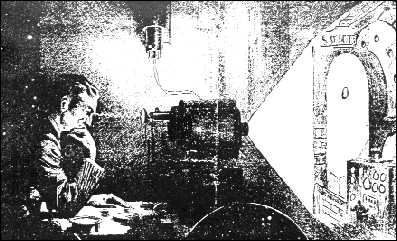Yup, it’s a real word. If it is a real phenomenon is another matter.
I was watching the relatively new psychological thriller “Red Lights” the other night, and was reminded of a phenomenon of the psychic world that I have not seen addressed very much recently. Thoughtography was once a popular performance of psychic phenomena. Also called Projected Thermography.Spirit Photography and Nengraphy, from the Chinese Nensha which translates as “sense inception,” Thoughtography is the process of projecting mental imagery onto photographic film.
For a demonstration here is an excerpt from Arthur C Clarke’s World of Strange Powers:
But the history of Thoughtography goes back further than Ted Serios. Nikola Tesla believed there must exist some way for the imagery of the mind to be projected in the external world. His idea has a very appealing sense to it, but I fear is trying to force an understanding of physics to apply to the workings of biology.
“I became convinced that a definite image formed in thought must by reflex action produce a corresponding image on the retina, which might be read by a suitable apparatus. This brought me to my system of television which I announced at the time… My idea was to employ an artificial retina receiving an object of the image seen, an optic nerve and another retina at the place of reproduction… both being fashioned somewhat like a checker board, with the optic nerve being a part of the earth.”
Nikola Tesla
Tesla’s idea sounds shockingly like the research that is happening now in creating optical implants for the blind, so in a way he was not far off. But I guess the genius who conceived of AC electricity, remote control vehicles, radio and television had ideas that were so far on the fringe that even he could not make them reality in his time.
The serious, using a liberal interpretation, study of thoughtography dates back to 1910 when Professor of Psychology, Tomokichi Fukarai at Tokyo University began experiments with a group of women who claimed clairvoyant powers. While the idea of clairvoyance has pretty much always been part of human culture in one form or another, the early 20th century saw a surge in popularity for the practice, or at least a surge in its integration into popular culture. Heck, the early 20th century saw a surge in the idea of pop culture as communication began to span the globe at speeds that far outstripped the fastest steam ship or train.
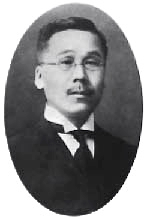
Tomokichi Fukarai
Fukarai was a believer in psychic phenomena, and as such, perhaps not the most impartial observer to conduct related experiments and in the end his research led to his eventual resignation from his position but he did not give up his pursuit and in 1959 established the Fukurai Institute of Psychology to carry on with his research, as it does to this day.
Fukurai’s first success was with a woman named Ikuku Nagao
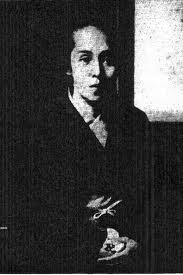
Ikuku Nagao
Nagao took ill soon after her work with Fukurai began to get results and she died. Her illness was attributed by some to the stresses exerted upon her by skeptics naming her a fraud. Fukurai carried on his research and in 1913 began to get positive results once more with a new subject, Sadako Takahashi.
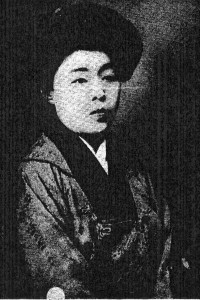
Sadako Takahashi
Fukurai’s research at Tokyo University lasted another six years until his resignation under accusations of fraud in 1919. Ironically, the year after the birth of the next widely known practitioner of thoughtography, the earlier mentioned Ted Serios.
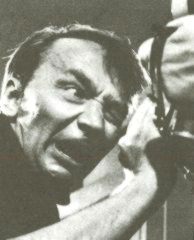
An alcoholic, Serios apparently was typically unable to produce results while sober, was prone to throwing demonstrative and animated fits during sessions, and always used a small cylinder that fit into the palm of his hand as a “focus.” Unless you speak German, the narration of the following video will not do you much good, but it does show Serios at work, and shows something else as well.
What I see in this video is absolutely no controls being enforced in this “experiment.” The men in the video are merely holding up cameras, no one is making certain that Serios could not be palming images as suggested in the Arthur C Clarke video. There is no control over the “exposed” film in evidence, and no actual evidence that the pictures shown in close up are the same taken by the cameras.
Following in the footsteps of Serios are two notably renown psychics, one you have probably heard of, Uri Geller and the other Geller’s equivalent in Japan, Masuaki Kiyota.
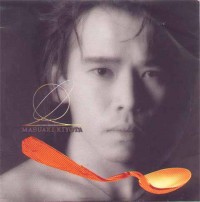
Masuaki Kiyota
Masuaki has admitted to fraud in certain instances of his performances, and in many cases was insistent upon being given privacy while in possession of the cameras and film to be used in his demonstrations offering him ample opportunity for fraud. He is thus easily dismissed.
Uri Geller was, in his day, probably the best known psychic in the world. As such he drew the attention of perennial debunker James Randi who made Geller a special project of his, as shown in this video:
And while this video does not deal specifically with thoughtography, it does demonstrate that as soon as a few simple controls are put in place the psychics ability to produce results is significantly reduced to the point of vanishing completely.
Recently Geller is quoted in a German magazine Magische Welt (Magic World), as offering just short of an admission of fraud:
I’ll no longer say that I have supernatural powers. I am an entertainer. I want to do a good show. My entire character has changed.
And that about wraps him up.
Project questions or comments to:
10 comments
